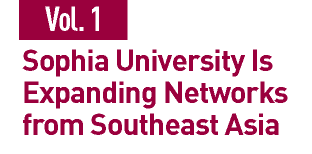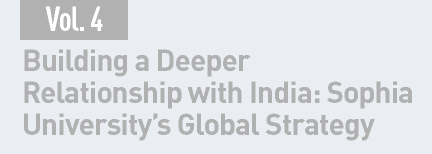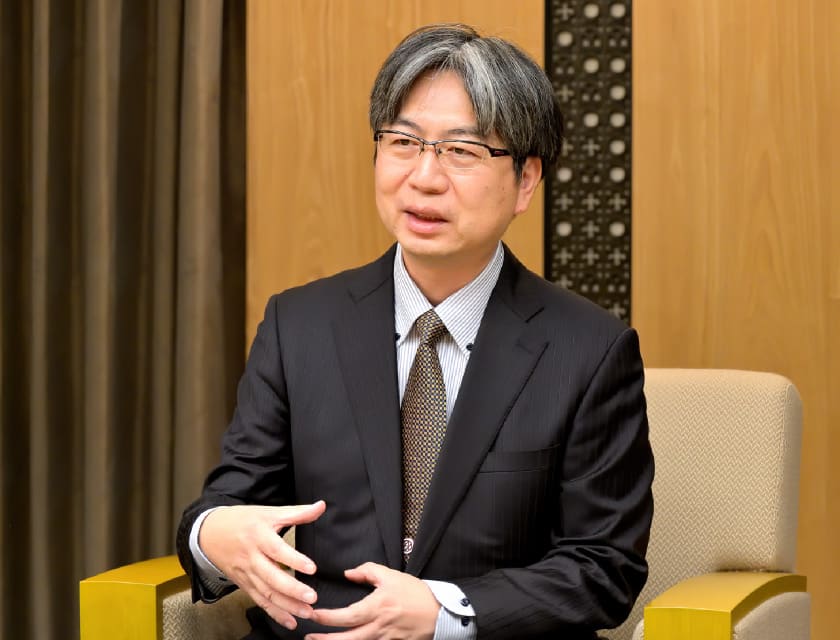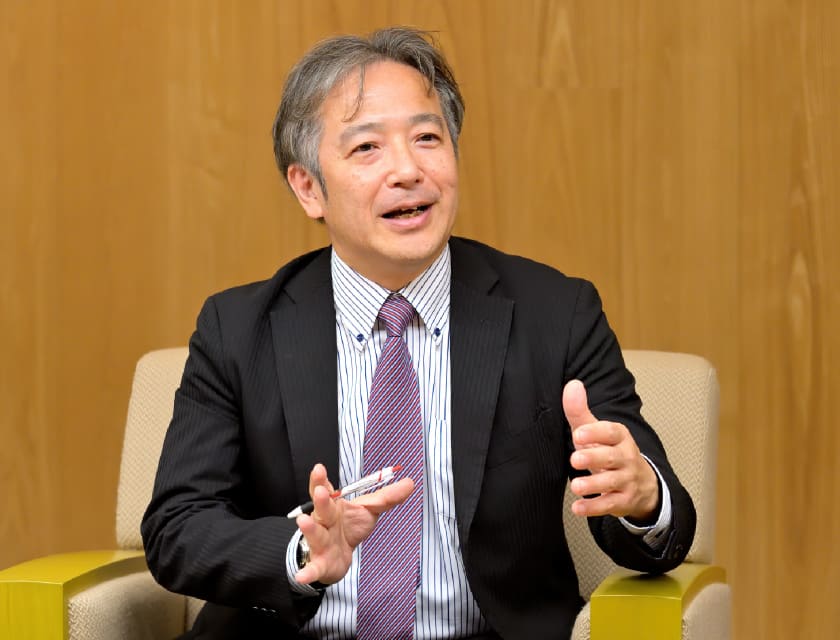A Partnership with Energetic India
Morishita: India is a fast-growing country, so the kind of relationship we build with the country is very important for Japan’s future. The relation is also vital to the global education and research of Japanese universities. Chancellor Sali, as an Indian, what are your thoughts on the Japan-India relationship for Japanese universities?
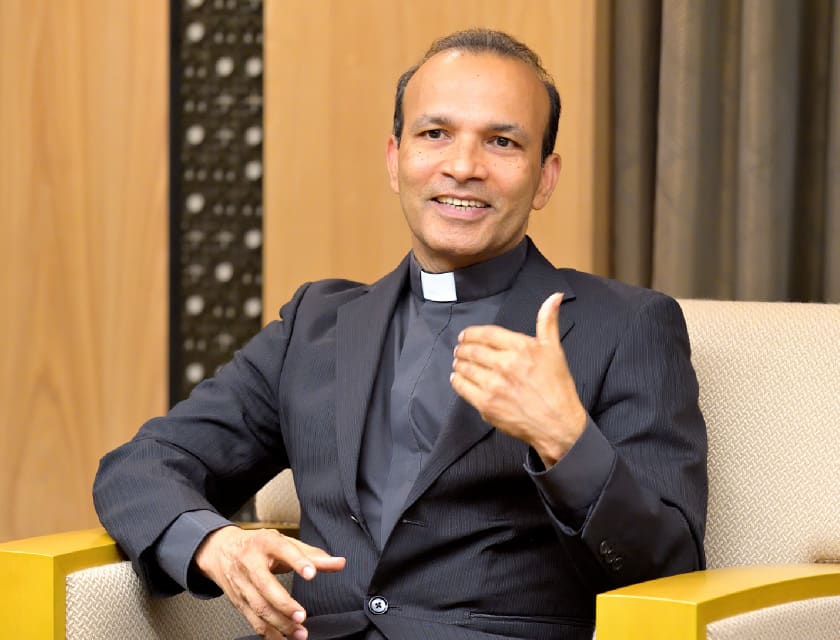
Sali: Foreigners, for example from Germany, Italy, and America for example, have already served as president or chancellor of Sophia. I happen to be an Indian, but in any case, Japan is definitely paying more attention to India now, both politically and economically. At the same time, even before the current administration, India has considered Japan important, as part of its “Look to the East” policy. Against this backdrop, I believe that the current Japan-India relationship presents a good opportunity for Japanese universities to build good partnerships.
Sophia has been paying attention to India for a long time. Eight years ago, the university appointed an Indian to the role of Trustee for Global Academic Affairs. And we currently have partnership agreements with 14 Indian universities. In addition, Sophia has a system of accepting Jesuit academics from overseas as invited faculty. Under this system, we get one or two people from India every year. Due to the difference in academic calendar, there are some challenges, such as issues for exchange programs. The new academic year at Indian universities starts around June or July. However, the current Indian Ambassador to Japan, who, like me, is from the state of Kerala, is very enthusiastic about Japan-India collaboration in university education and research. So, we have a good chance to strengthen cooperation.
Morishita: As a Jesuit university, what kind of role can Sophia University play in India?
Sali: There are more than 420 Catholic colleges (including universities) in India. If we include high schools, there is a huge number of Jesuit schools with excellent academic credentials. For this reason, I think it is quite easy for us to build mutually beneficial relationships. On the other hand, both Japanese and Indian students tend to look to Western countries as their first choice for studying abroad. For this reason, we need to increase the appeal of India to Japanese students and the appeal of Japan to Indian students.
Morishita: The total number of Indian students in Japan is only about 1,500, which is about 100 times less than the number of Chinese students. Considering the population of India, it’s fair to expect significant growth in Indian student numbers.
Sali: The large number of Chinese students in Japan is due to the success of Japanese language education in China. The Indian Ambassador to Japan, Sibi George, said that he wants to see 10 times more Indian students coming to Japan. To achieve this goal, it is important to improve pre-enrollment Japanese language education. Simultaneously, Japanese universities need to offer more English-language education programs to create more places for overseas students.
Morishita: President Terumichi, in the context of Sophia University’s globalization, what are your thoughts about India?
Terumichi: In terms of learning and research experience, there is great value in choosing the most energetic place in the world. India is truly a vibrant region, so it is natural for Sophia to try and establish a base for education there. Even with research collaborations, friendly rivalry with suitable competitors can be very fruitful. Through partnerships with Indian universities that are pursuing globalization we can expect to have interactions that enhance our research capabilities.

